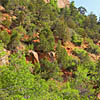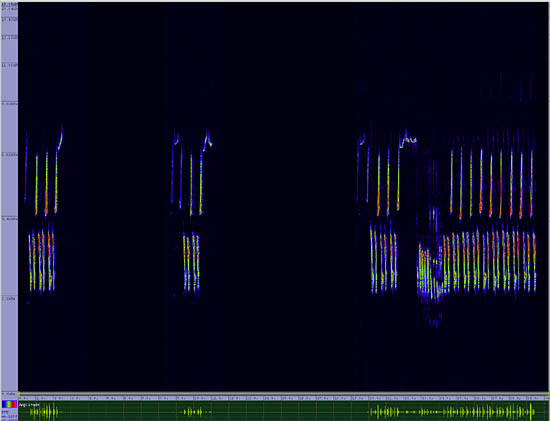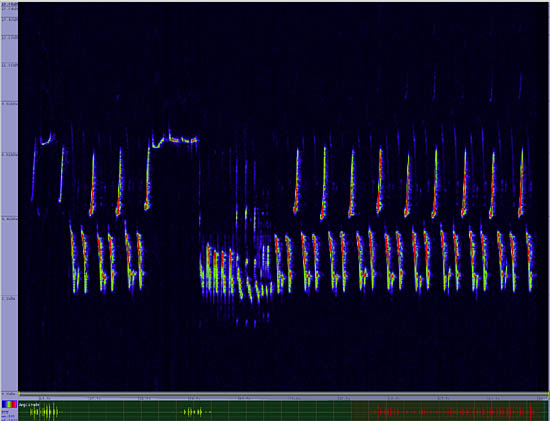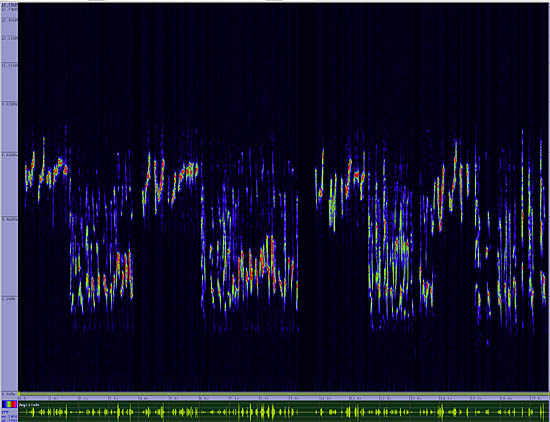Ruby-crowned Kinglet
Regulus calendula

Perching

Length: 4 in. (11 cm )
In winter this tiny species is found in a wide variety of forested habitat types. It is usually part of large mixed species foraging flocks made up of chickadees, titmice, nuthatches, and creepers. In the summer, the Ruby-crowned Kinglet moves to higher elevations and latitudes to nest in dense coniferous forests. The nest is a small sack-like affair that hangs from a high limb. It has an entrance at the top and is made of moss, lichens, and plant down. When foraging for insects, this species often flitters up and hovers for a second near a leaf to snatch an insect sitting there.
The four-digit banding code is RCKI.
Bibliographic details:
- Article: Ruby-crowned Kinglet
- Author(s): Dr. Biology
- Publisher: Arizona State University School of Life Sciences Ask A Biologist
- Site name: ASU - Ask A Biologist
- Date published: 13 Jul, 2017
- Date accessed:
- Link: https://askabiologist.asu.edu/activities/bird/ruby-crowned-kinglet
APA Style
Dr. Biology. (Thu, 07/13/2017 - 15:37). Ruby-crowned Kinglet. ASU - Ask A Biologist. Retrieved from https://askabiologist.asu.edu/activities/bird/ruby-crowned-kinglet
Chicago Manual of Style
Dr. Biology. "Ruby-crowned Kinglet". ASU - Ask A Biologist. 13 Jul 2017. https://askabiologist.asu.edu/activities/bird/ruby-crowned-kinglet
Dr. Biology. "Ruby-crowned Kinglet". ASU - Ask A Biologist. 13 Jul 2017. ASU - Ask A Biologist, Web. https://askabiologist.asu.edu/activities/bird/ruby-crowned-kinglet
MLA 2017 Style
Be Part of
Ask A Biologist
By volunteering, or simply sending us feedback on the site. Scientists, teachers, writers, illustrators, and translators are all important to the program. If you are interested in helping with the website we have a Volunteers page to get the process started.









